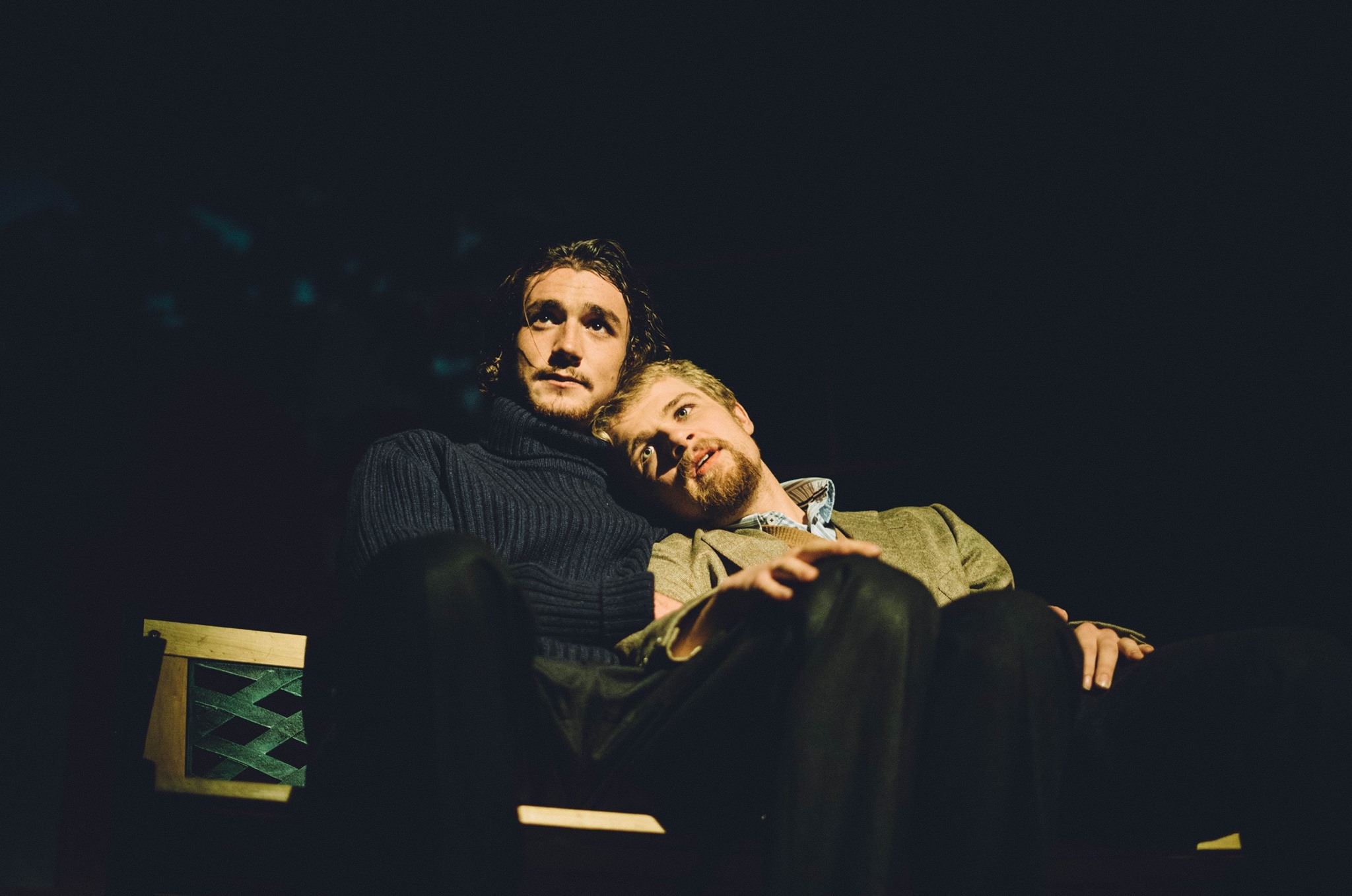Set in the future where a garden is a luxury and the real world is going downhill, the Nether is a virtual reality world where you can inhabit another identity and live online. The play opens with an interrogation scene: Detective Morris is questioning Sims about the Hideaway, an illegal world in the Nether that he created to cope his sexual urges towards children by taking the persona of Papa and enjoying the virtual sensations. Morris also questions Doyle, another user of the Hideaway. The interrogation scenes alternate with episodes in the Hideaway, where undercover agent Woodnut is investigating, and we see interactions with the created child, Iris. The play develops into a crime story, bringing into question morality, responsibility, and the line between an online persona and yourself.
From the first scene where Morris lists the charges against Sims, the heavy tone of the play and of the world depicted in it is set. The Hideaway, for all its Victorian idealism in aesthetic, is home to child abuse, both sexual and murderous, and the offline world is also falling apart. Director Livi Dunlop brings the two worlds to life and helps them crash together.
The cast of five inhibit their roles fully. Standout for me was Madeleine Walker, whose clambering, giggling, and crying so fully resembled an 11 year old that the scenes where she’s trying to seduce Woodnut were made even more disturbing. Rory Grant played Sims and Papa, which must have been a psychological difficulty, with a terrible focus. Ieuan Perkins’ portrays Woodnut’s conflict well in his visits to the Hideaway while Jonny Wiles plays Doyle especially well in the breakdown scenes. I also loved Shannon Hayes’ performance when we see Morris lose the steely exterior and tell us about her family and what made her who she is now.
I’m so glad I did not read the programme until after the play, as it contained a synopsis which takes you through the entire plotline. Instead, I got to watch the story develop and enjoy the many twists of the second act. Each development was unexpected, and forces you to reassess the characters, their interactions, and the overall structure of the play, and adding complexity retrospectively to what you’ve already seen.
The transitions from “In world” interactions and the Nether are accompanied by flashing lights and foreboding string music composed by Ruth Elliot. The harsh lights and stark black metal furniture of the interrogation room contrast with the large Victorian style setting of the Hideaway, which is visually tied together in styling and colour, the suspended window and the freestanding door conveying a sense of unreality.
It seems like a Nether-like future may be possible, what with all the technological advances Dunlop mentions in their notes that going on to create stimulated sensation, and even without that, the question of the differences between our online selves and our real ones are pertinent to both the play and our lives, and criminality that may stem with that.
Overall, this play is phenomenally well crafted. The questions it arouses are ones you can think long and hard about, while the complex script is brought to life by design that pays attention to detail, and thoroughly convincing actors playing developed characters. Knotworks’ take on sci-fi theatre, an uncommon genre, really worked incredibly well.



